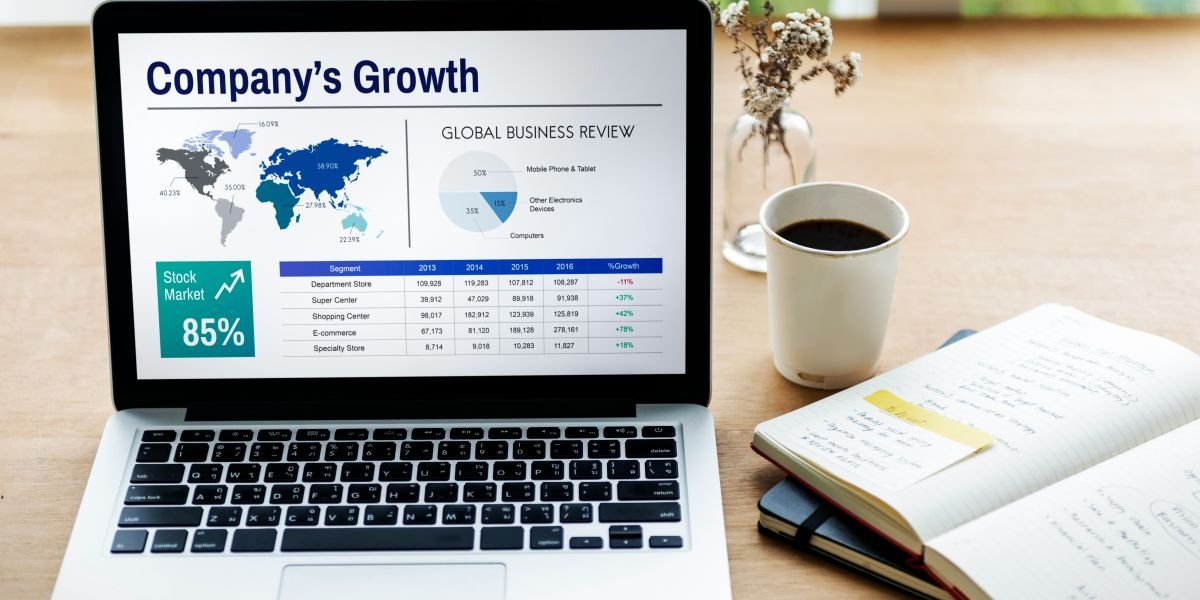Constant check-ins refer to regular, often brief, interactions between employees and their supervisors or team members to discuss work progress, challenges, and well-being. Unlike traditional performance reviews held quarterly or annually, these check-ins may occur weekly, daily, or multiple times a day. The rise of remote and hybrid work arrangements has contributed to the increase in frequent check-ins, as physical proximity decreases and communication requires more intentional effort.
Employers often implement constant check-ins to ensure alignment on goals, monitor progress, and provide support promptly. These interactions are facilitated by digital tools such as messaging apps, video calls, and project management software. While the intent is generally to improve communication and engagement, the impact on employee wellness varies widely depending on how these check-ins are conducted, their frequency, and the individual preferences of employees.
Read also: Lifestyle Trends of High-Impact Employees: Key Insights for Employers
How Can Frequent Check-Ins Influence Stress Levels Among Employees?
Regular updates can help reduce uncertainty about job expectations and progress, which might lessen anxiety related to unclear responsibilities or shifting priorities. Employees who receive timely feedback and support sometimes find it easier to manage workloads and prioritize tasks. This structure may create a sense of security and help alleviate stress stemming from ambiguity.
However, when check-ins become too frequent or intrusive, they can have the opposite effect. Employees who require extended focus to complete complex tasks might experience interruptions that fragment their attention and increase cognitive load. For instance, a person engaged in writing detailed reports who is asked repeatedly for updates may find it challenging to enter a state of deep concentration, leading to frustration or fatigue.
The content and tone of the check-ins also influence stress. If they feel overly evaluative or focused solely on productivity without acknowledging challenges or individual circumstances, employees may perceive these interactions as micromanagement. This perception can elevate stress and diminish motivation.
In What Ways Does Communication Style Affect Employee Wellness During Check-Ins?
The manner in which managers conduct check-ins significantly affects how employees experience them. When check-ins are framed as supportive conversations rather than performance interrogations, they tend to foster psychological safety. Employees feel more comfortable sharing difficulties or discussing well-being when communication is empathetic and collaborative.
Managers who open check-ins by asking about workload balance or personal capacity, rather than jumping immediately to task status, often create a more trusting atmosphere. This approach allows employees to voice concerns before they escalate and promotes a more holistic understanding of work challenges.
In contrast, check-ins conducted in a strictly task-oriented or directive manner may cause employees to feel monitored rather than supported. If employees sense a lack of autonomy or flexibility, they may experience heightened pressure and decreased job satisfaction.
Can Frequent Check-Ins Influence Engagement and Job Satisfaction?
When designed thoughtfully, regular check-ins can contribute to increased engagement by providing recognition, clarifying goals, and connecting individual efforts to larger organizational purposes. Employees who understand how their work fits into broader objectives often report higher motivation and commitment.
Such interactions also allow for timely identification of development needs and career aspirations, which may enhance job satisfaction. Receiving ongoing feedback and guidance can foster a sense of being valued and supported within the workplace.
Nevertheless, the benefits diminish if check-ins are perfunctory or overly frequent without substantive content. Employees may begin to view these meetings as burdensome or bureaucratic, which could lead to disengagement or resentment.
How Do Constant Check-Ins Affect Work-Life Balance?
The boundary between work and personal life can become blurred when check-ins happen frequently, especially outside normal working hours. Employees may feel obliged to respond promptly to requests regardless of timing, increasing the risk of extended working hours and burnout.
Establishing predictable patterns and boundaries around check-ins can help preserve work-life balance. When managers respect employees’ time and avoid after-hours communication except in emergencies, employees have a better chance to disconnect and recharge.
In remote work scenarios, late-evening check-in requests may disrupt rest or family time, adding stress. Conversely, when check-ins are scheduled regularly during work hours, employees can anticipate and prepare for these interactions without encroaching on personal time.
What Impact Do Frequent Check-Ins Have on Team Dynamics and Social Support?
Regular communication fosters transparency and can strengthen collaboration among team members. Frequent check-ins encourage collective problem-solving and accountability, which may alleviate feelings of isolation common in dispersed or remote teams.
Teams that balance structured check-ins with opportunities for informal interaction tend to maintain better morale and interpersonal connections. Casual conversations contribute to trust and rapport, complementing more formal progress discussions.
However, if check-ins become excessive or lack genuine engagement, they can be perceived as interruptions. Employees may feel overwhelmed by meetings, reducing the time available for focused work or informal peer exchanges that contribute to positive team culture.
How Do Individual Differences Influence the Effects of Constant Check-Ins?
Responses to frequent check-ins vary widely among employees based on personality, work style, and role requirements. Some individuals appreciate regular communication and guidance, finding reassurance and motivation in ongoing feedback. Others prefer more autonomy and fewer interruptions, valuing uninterrupted periods for deep work.
Jobs that require extensive collaboration or client interaction may benefit more from frequent check-ins than roles demanding prolonged solitary focus. Managers who recognize these differences can tailor communication approaches, balancing support with respect for individual preferences.
Gathering employee feedback on check-in frequency and content can help organizations adjust their practices to better suit diverse needs and promote wellness.
Read also: How Businesses can Increase Employee Productivity
What Should Organizations Consider to Support Wellness Through Check-Ins?
Effective check-ins tend to be those that prioritize meaningful dialogue and psychological safety over mere task tracking. When employees feel their concerns are heard and their efforts recognized, check-ins can contribute positively to well-being.
Clear communication about the purpose and expected frequency of check-ins helps employees prepare and reduces uncertainty. Managers who exhibit empathy and active listening can strengthen relationships and foster a supportive environment.
Avoiding unnecessary after-hours check-ins preserves work-life boundaries, helping prevent burnout. Additionally, creating space for informal communication alongside formal check-ins nurtures social connections and team cohesion.












